Food storage has become one of the well-frequented applications of silicone products in kitchens across the globe. However, is silicone really safe for storing your food? In this blog, we will discuss about the silicone, its and plastic food storage containers safe or not along with other important aspect and tips to consider for silicone products. Let’s dive in!
What is Silicone?
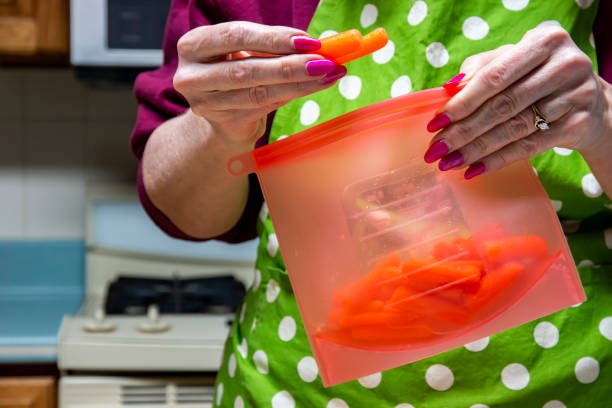
The Composition of Silicone
Silicone is a polymer that is silicon-based and found containing silicon, oxygen, carbon, and hydrogen atoms. It is characterized by flexibility, heat resistance, as well as prolonged toughness. Silicone in contrast to plastics, which is also used in the production of Thermoplastic silicone is made from silica, a naturally occurring element obtained from sand.
Types of Silicone
- Liquid Silicone Rubber (LSR): Popular for use in parts that need to be highly accurate and which need high levels of elasticity, such as molds and seals.
- High-Consistency Rubber (HCR): Detected in products such as baking mats and other cooking utensils because it is very hard wearing.
- Room Temperature Vulcanized (RTV) Silicone: Mainly used in the production of sealants and adhesives though its usage is much broader as seen above including the use in the production of binders, coatings, lubricants, and more.
What is plastic made of?
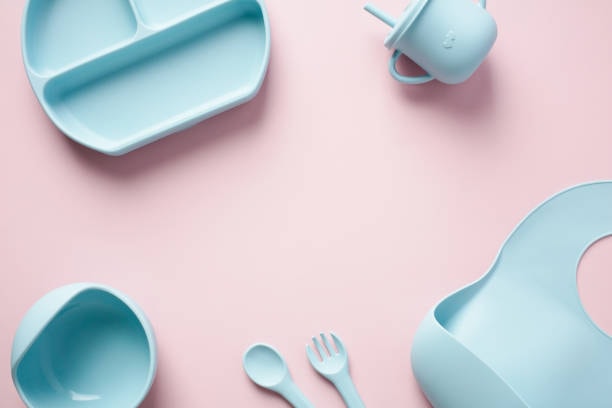
That plastic which doesn’t go to the landfill goes to the sea and gets into the food cycle. This is a major issue concerning environmental conservation and protection of human lives. Thus, the toxic substances in the plastic cause cancer, infertility, immune disorders and many others. These chemicals include:
- BPA
- BPS
- PVC
- Phthalates
Luckily, you now have a somewhat better choice. Only using the highest quality food safe silicone, such as the material used in Minimal silicone food containers, this material is more flexible, durable, sustainable and safer than plastic for people and the planet. Finally, novel in its approach, Minimal is devised to help people reconsider the plastic they have in their lives.
What is food grade silicone?

The molecule of the silicone is silicon and the other is oxygen. Food grade silicone is a type of silicone that is not chemically altered or reinforced with any kind of synthetic chemicals, and has no kinds of by-products which qualifies it to be used on food. And food grade silicone is safe to store food. Silicone is derived from silicon, which is a metalloid; an element that has the characteristics of both a metal and a non-metal; and second in abundance in the earth’s crust after oxygen.
Silicone’s Role in Food Storage containers
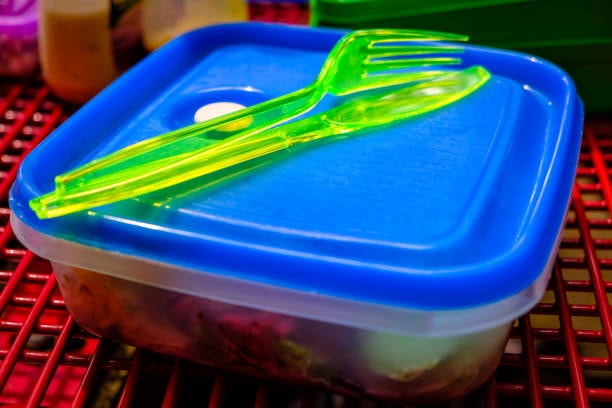
Why Silicone is Popular for Food Storage
Silicone has become a favorite material for food and storage containers for several reasons:
- Flexibility: It can be easily shaped in various shapes and sizes; therefore it is versatile.
- Durability: This material is almost impossible to tear, crack, or withstand very low and very high temperatures.
- Non-Stick Properties: Food also does not stick to silicone which is good when baking and cooking.
- Reusability: What is more, you can use the containers made of silicone multiple times – for a definite number of times, unlike single-use plastics.
Below is the list of standard products that are made of silicone and can be used to store food.
- Silicone Bags: Usual for keeping snacks, sandwiches and non-homemade food products.
- Silicone Lids: Intended for tight fitting on bowls and containers.
- Silicone Baking Mats: Serving the purpose of baking with no food sticking to it and act as a storage equipment.
Is Silicone Safe for Food Storage and Reusable silicone bags?
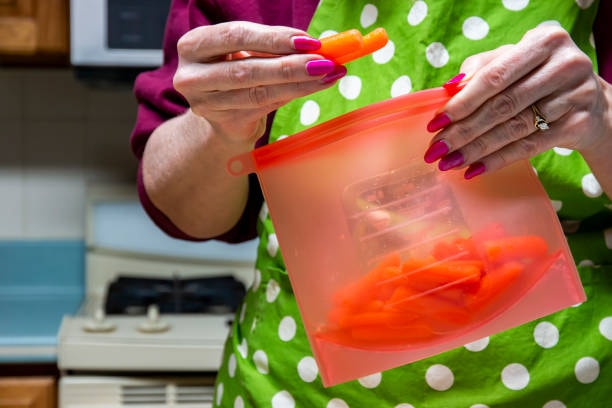
FDA and LFGB Approval
Silicone products applied in foods preservation should meet the requirements of the safety provided by FDA and LFGB including the United States Food and Drug Administration and the German Federal Law on Food and Feeding Stuffs. Such standards help in ascertaining that the silicone is not containing any of the dangerous elements such chemical additives such as BPA, phthalates, and lead silicone bag.
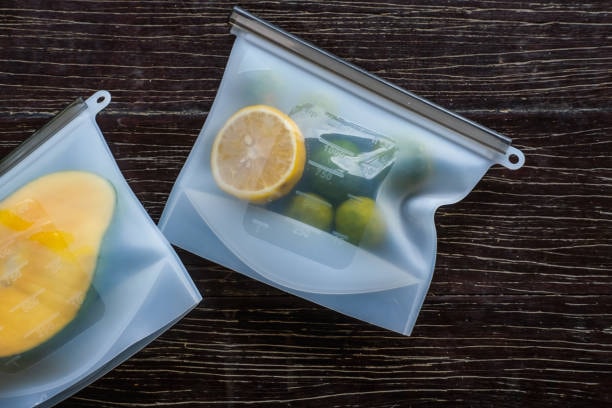
The Safety Debate: Understanding the Concerns
While silicone is widely considered safe, some concerns have been raised:
- Chemical Leaching: Some people has a question, are they toxic chemicals that can be released into food by silicone if it is put on high temperature? Although it has been observed that inexpensive and toxic products with bad odor are usually made from food grade silicone.
- Odor Absorption: It has been said that silicone can ‘soak up’ strong smells, which brings question as to contaminants that may be introduced. These are some problems that can be solved if the equipment is cleaned and stored correctly for example.
Studies Supporting Silicone’s Safety
Many research finds have also proved their revelation that the material known as food-grade silicone is harmless when ingested in large quantities, BPA-free, non-toxic and non-reactive with food. For example, they discovered in a research done in the Food Additives & Contaminants on Silicone Baking paper that baking at high temperatures did not release any dangerous substances into the food.
How to Use Silicone Products Safely
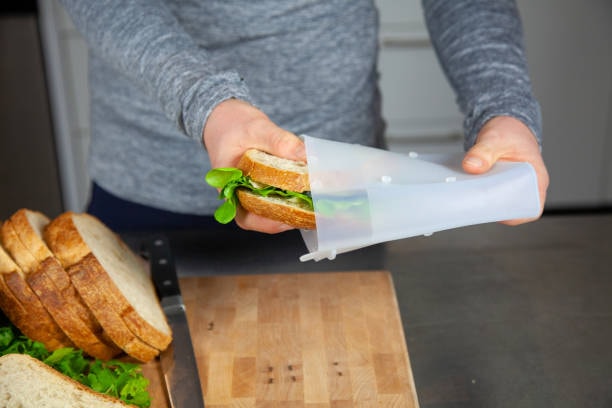
Proper Cleaning and Maintenance
To ensure the safety and longevity of your silicone food storage containers and products:
- Hand-Wash When Possible: However, it is advisable to wash it by hand, this is although silicone is safe to be washed in the dishwasher.
- Avoid Harsh Chemicals: To clean silicone items one must use a mild dish washing soap and warm water.
- Check for Wear and Tear: It is high time to mention that silicone can wear out, so care must be taken to check the items for cracks or simply wear out of the silicone layer.
Temperature Considerations
- Heat Resistance: Silicone contains silicon which makes the material to have a fairly low coefficient of thermal expansion; hence can handle extremely low temperatures of freezing and extremely high temperatures of baking, that is between -40°F (-40°C) to 450°F (232°C).
- Microwave Use: Silicone is oven safe and heat-resistant, including microwave, but one should not use any sharp object on it as this can puncture Silicone.
Avoiding Odor Absorption
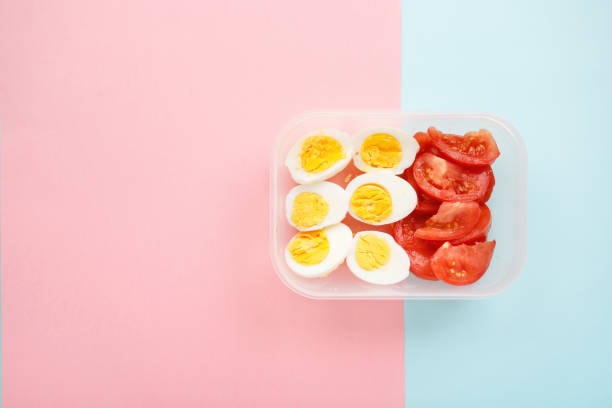
To prevent your silicone products from absorbing odors on the go to:
- Use Baking Soda: There is another option you can try, which is to sprinkle baking soda on the silicone subsequently used on other dishes and wash the next morning.
- Soak in Vinegar: Regardless of the smell you wished to eliminate, a vinegar soak should do the trick in removing the foul stench.
- Air Dry Thoroughly: Also the silicone must be allowed to dry before it is packed away in store.
Environmental Impact of Silicone
Silicone vs. Plastic
Silicone is adopted as a superior material to the commonly used plastic since it poses lesser harm to the environment. Yes, both of them have certain environmental effects, however, in comparison with countless disposable plastic products, due to its longevity, silicone can effectively substitute hundreds of them.
- Longevity: Silicone can be used for years at a go hence cutting on wastage.
- Recyclability: Nevertheless, silicone can be recycled, although this requires particular programs, unlike most of the types of plastic.
Why Choose Food Grade Silicone vs Plastic?
It should, however, be noted that when selecting the food storage container, food-grade silicone has slightly more benefits than plastic, mainly in the areas of safety and health. Food-grade silicone has no dangerous substances such as bisphenol A (BPA), phthalates, hazardous heavy metal-lead, among others that are common in plastic materials. Compared to other plastics whose chemical composition can migrate to food particularly when heated the food grade silicone is stable and does not undergo any chemical reactions to your food making sure your food is safe and does not contain any bad chemicals. This makes medical grade silicone a healthier option when it comes to food storage and reheating, in the refrigerator, freezer or microwave.

Ease of cleaning is also another advantage of using silicone rather than plastic; durability is another reason why people prefer silicone single use plastic. Silicone is extremely portable and capable of withstanding very high and very low temperatures thus it can be used for storing food in the freezer or for use in an oven extreme temperatures. Given the fact that silicone products are long-lasting, they can be used severally without having the embarrassment of degrading and this does not call for frequent purchase. However, the use of plastic containers results in the materials used becoming brittle, cracking, or warping after some time depending on the frequency of use as well as heat or cold conditions under which the containers are used; hence, they are replaced frequently, and this causes wastage.

From the environmental point of view it can be concluded that silicone is better than plastic. Even though neither material is biodegradable, silicone has a very small impact on the environment because it is designed to have a very long life span. One silicone item can last for years and thus several hundred disposable plastics will be saved from going to the dump. Moreover, silicone could be recycled by means of certain programs for its recycling while most types of the plastic bags can be washed out into the ocean or turned to the landfill waste. Happiness from choosing silicone over plastic is not only in its safety for your health but also its benefit for the future of our planet backbone chemical structure.
Why choose Food Grade Silicone?
The FDA affirmed that food grade silicone is not dangerous or chemically active when in contact with other materials, and particularly when exposed to high temperatures, no risky chemicals are released. Health Canada also stated: From the above findings it can be seen that there are no known health hazards or risks of using silicone; silicone rubber does not interact with food products, beverages or yields any dangerous gas silicone cookware.
Mason jars amongst other glass holders are environmental friendly for storing food and avoiding the use of plastics but they are brittle, bulky, and unusable on the move. Compact silicone food containers help keep the food fresh when you are at home or are packed in reusable bags for travel and they allow to keep the eaten food away from plastic. Just one Minimal silicone food container bought and used in a year can save hundreds, if not thousands of single-use plastics from going to our landfills, and other living spaces each year. We are interested in the minimization of changes that can have major consequences.
How to Dispose of Silicone
When your silicone products reach the end of their life:
- Recycling Programs: Subsequent to that, make an effort to find out if the local centres that deal with the recycling of plastic materials accept silicone.
- Upcycling: Recycling is another heart-touching solution, through which you can transform your old silicone products into new created projects.
- Manufacturer Take-Back: Many companies have take-back programme for used silicone products.
Conclusion
Therefore, silicone is safe to use when it comes to storage of foods and this makes reusable silicone bags and containers ideal to use. These advantages over traditional plastics as being recyclable and more enduring can be counted for it. Though, as with any material maintaining and correct disposal are of high importance. In this way, customers can have the advantages of silicone products, while reducing the risk of possible harm towards themselves and the environment.